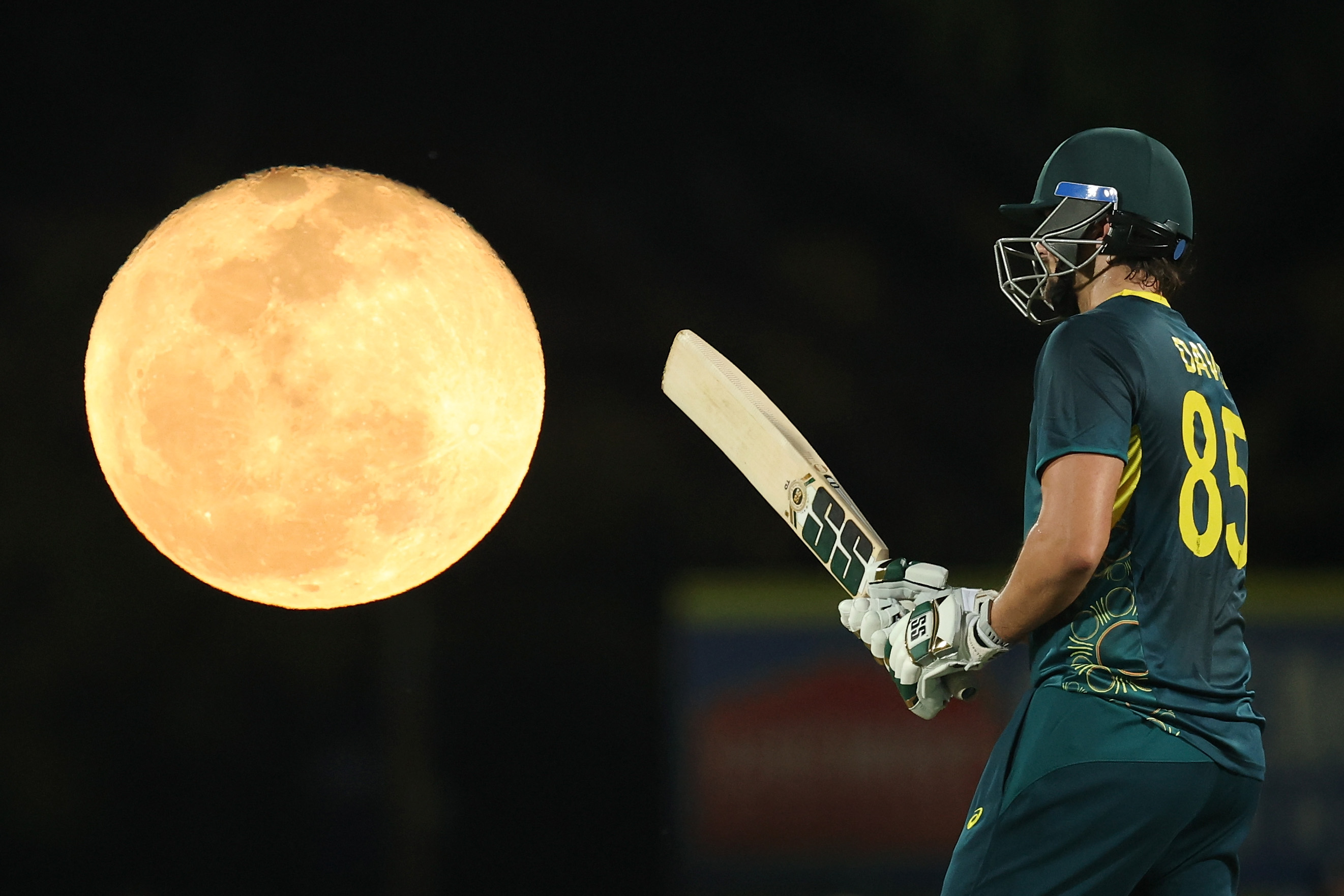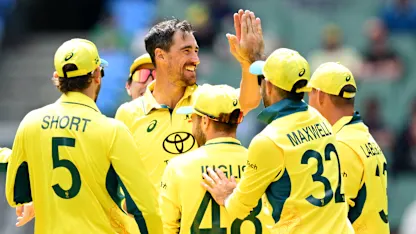Of dot balls and No 3 conundrum - India's litmus test

COLOMBO: Harleen Deol was taking guard against Pakistan captain Fatima Sana in the 11th over of India's innings at the R Premadasa Stadium on Sunday. India had lost Smriti Mandhana early to Sana, but were going at a steady run rate. The scoreboard, after ten overs, read 54/1 with Deol and Pratika Rawal in the middle.Batting on five from four, Deol played the entire over without getting to the non-striker’s end. There was a play and miss, a couple of leaves, a running between wickets confusion with Rawal and an inside edge which bounced on its way to Sidra Nawaz behind the wickets.It was a maiden over in the end. Over the next overs, Deol and Rawal added just three runs before the former tried to break the shackles with a six off Rameen Shamim. Deol had played nine dots and a single before eventually getting that boundary. The five balls after the six were also dots, and it came off Deol’s bat. This continued at the other end as well before Rawal got out, trying to slash Sadia Iqbal. A 19-run stand that came off 35 balls — off which 26 were dots. The run rate by then had dropped to 4.5 runs per over. With Harmanpreet Kaur, who came in next, Deol added 39 off 59; this time, 34 dots in the partnership. And with Jemimah Rodrigues, who pushed Deol for more strike rotation, there were 27 dots in the 45-run stand that came off 52 balls. In the end, Deol, who tried to break free, fell for 46 runs from 65 balls — a knock that had 37 dot balls.Now, one might look at it as a one-off event on a sluggish surface that has been under the covers for more than 48 hours because of the rain in Colombo. However, that is not the case. It is the template with which Deol bats. She is someone who takes her time to settle in before accelerating. Numbers say as much. In the 16 matches India has played this year, Deol has scored 538 runs. She is third in the list of run-getters for India this year behind Smriti Mandhana and Rawal. But there is a clear distinction between her and the rest. Among the top five batters, which include skipper Harmanpreet Kaur as well, Deol is the only one to strike at less than 80 this year (77.18).In fact, it is the case for any Indian batter with more than 100 runs in 2025. It has dropped to 72.5 since April 2025. In this time, India have played Sri Lanka, South Africa, Australia, England, and Pakistan — a significant upgrade in the quality of opposition compared to the home series against West Indies and Ireland before. As much as there is a case that Deol plays the role of an anchor who ensures there is no further collapse after the loss of the first wicket, the problem here is more about strike rotation rather than going for the boundaries. Off the 13 innings Deol has played since the tri-series in April, nine times she has played 30 balls or more. In those nine innings, only twice did she have a strike rate over 80 by the 30-ball mark. Here is the string of scores when she was on the 30-ball mark since April 2025 — 16, 19, 28, 14, 24, 17, 16, 18, 16. There are cases where she even struggles to get going until after the 40-ball mark in these nine innings. Her dot ball per cent — which is a little over 57 — in the last 13 innings does not paint a rosy picture. Deol has played as many as 329 dot balls out of the 571 balls she faced since April in ODIs.There is a fair argument to be made that a team cannot have someone batting at this pace in this day and age. Keeping that aside, even if it is her designated role to hold fort while others accelerate, there is another problem with this approach. It is not just Deol who struggles to rotate the strike. Rawal, who has risen to the top and been preferred ahead of Shafali Verma, seems to have the same issue, especially against stronger bowling attacks and opponents. The batter from Delhi has taken to International cricket like fish to water, racking up runs, building a consistent partnership at the top with Mandhana. Her consistency in run-scoring is one of the main reasons why she retained her place ahead of the explosive Verma. In saying that, Rawal's strike rate of 85.38 has dropped down to 73.95 since April. And when Mandhana falls early, she is joined in the middle by Deol — two batters who are not good runners between wickets. It means an inevitable stagnation and loss of momentum, even on good batting wickets as was seen during the bilateral series against Australia.In the first ODI against Alyssa Healy’s team in New Chandigarh last month, Deol joined Rawal in the middle when the scoreboard read 114/1. Over the next 53 balls, the duo went on to add just 28 runs. Even in the Southampton ODI against England before that, they added 46 off 61 balls after Mandhana’s dismissal — approximately 4.6 runs per over. In the World Cup opener against Sri Lanka in Guwahati, a 67-run partnership off 96 balls — 4.18 RPO. In Colombo, against Pakistan, the dot ball pressure grew on them before Rawal eventually fell.Even though there is a clear pattern emerging, by and large this has been masked by the fact that Mandhana is having the year of her ODI career. The vice-captain and opener has amassed 959 runs in 16 innings and been striking at 113 this year, playing a vital role in most of India’s wins in the lead-up to the World Cup. It meant that the slow down once she fell did not have much effect on results — except for against Australia where even skipper Kaur spoke about it. “We were 20-30 runs short,” she said in New Chandigarh before adding, “A little more positive batting, if we were able to add 20-30 runs, and then the opportunities while bowling - those things could have made a huge difference.”And in a tournament like the World Cup, where India are bound to go up against stronger opponents, this stagnation in the middle could cost them dearly even if the middle-order tries and makes up for it as much as they could. Even more so when Mandhana is not able to convert her starts, as one could see in the first two games. On both occasions, against teams they have an extremely good record over, India were tested and they recovered, got across the line. That might not necessarily continue against teams like South Africa, Australia, England and New Zealand — the four teams they face next. These are the same four teams India lost to in the last ODI World Cup in 2022, making an early exit.This is not to say that Deol should not be in the XI — although there is a valid argument to say so — but rather India should find a way to ensure there is no stagnation. If they do not play Deol, then it allows them to use Amanjot Kaur as a batting all-rounder while having an extra frontline bowling option. However, going by the way head coach Amol Muzumdar and captain Harmanpreet have operated, they are likely to go in with Deol in the XI. If that is going to be the case, they can’t have Rawal and Deol in the middle unless there is a mini collapse upfront. They ought to be flexible enough to shuffle her if India get off to a good start. Either Harmanpreet could come in or Rodrigues, even Deepti Sharma, could be promoted up the order.








